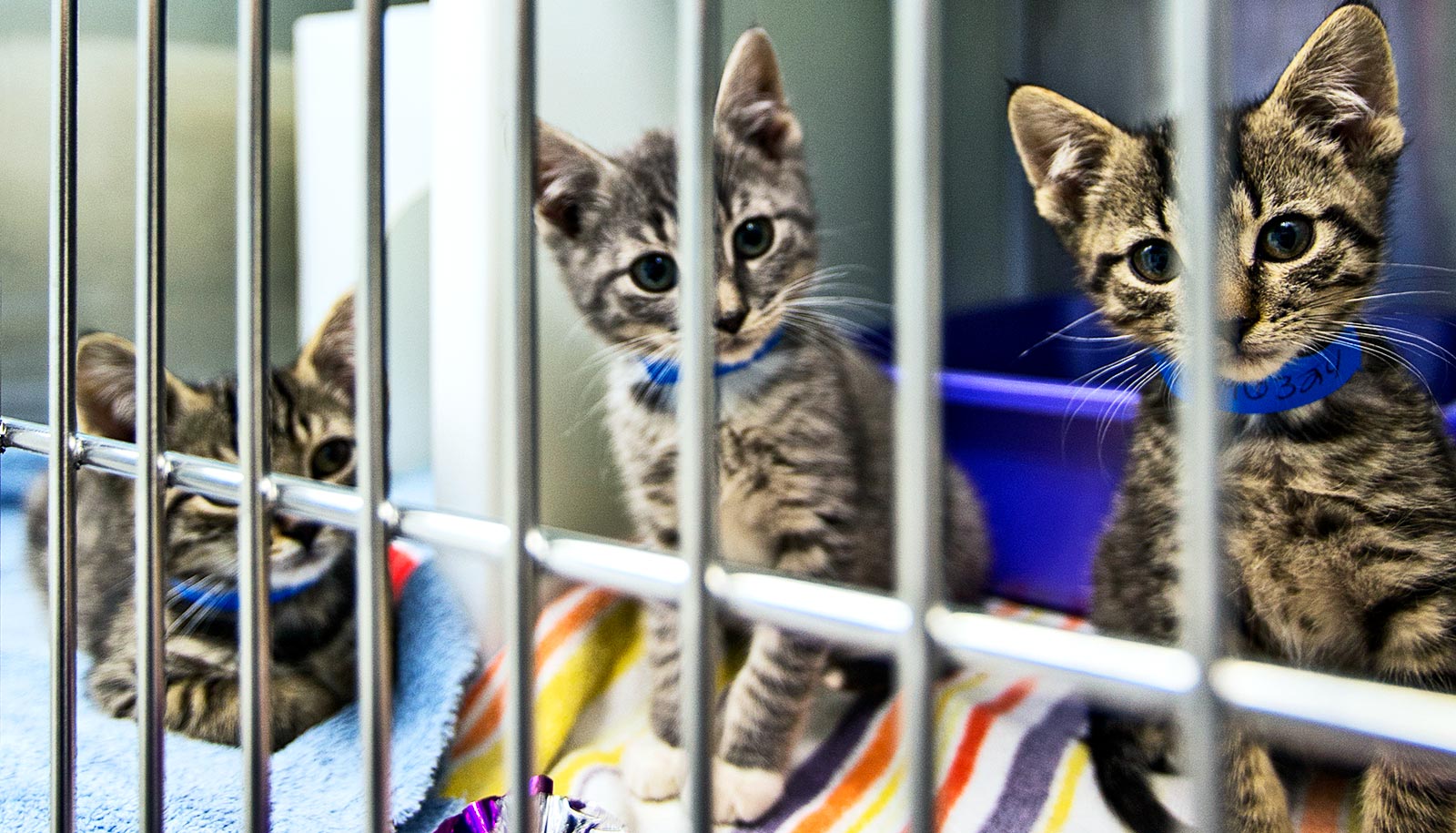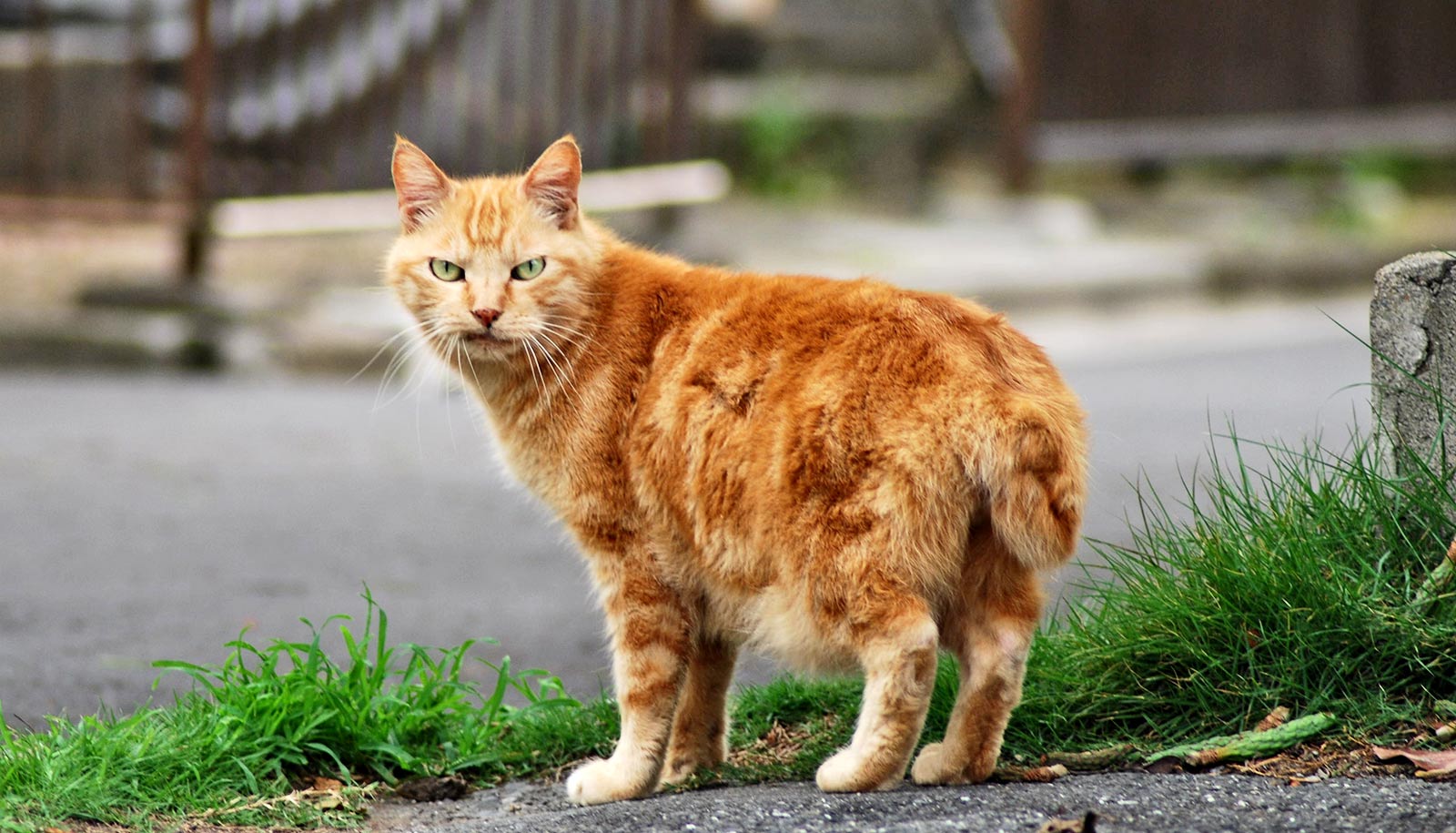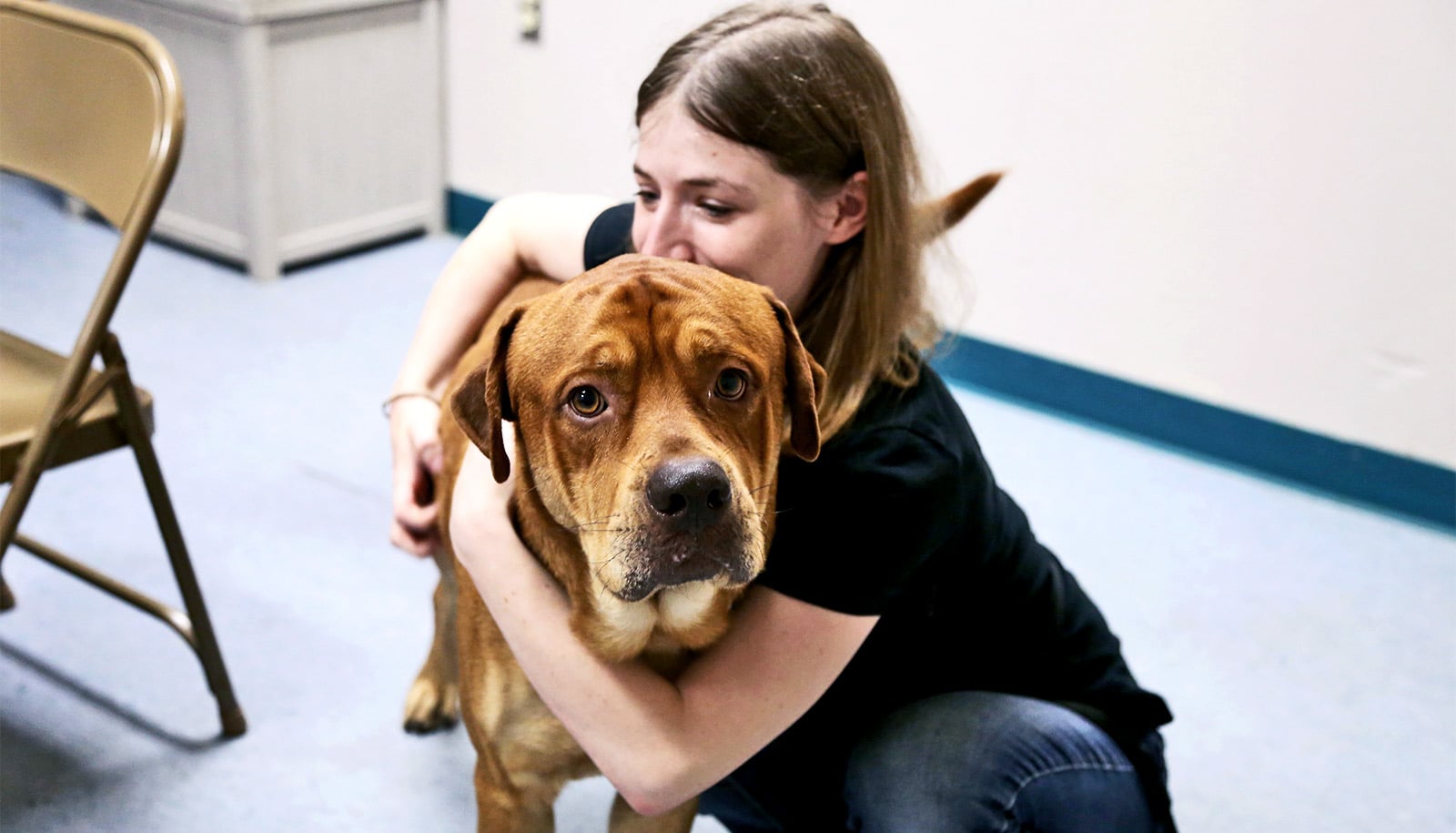There are almost three million missing neuter/spay surgeries in the US due to the COVID pandemic, researchers report.
Along with veterinarian and staff shortages, the missing surgeries are contributing to widespread overcrowding at pet shelters.
The findings come from a new study of over 200 clinics from 2019 to 2021.
Progress made over decades to control overpopulation of dogs and cats through high-volume spay-neuter surgeries is now at risk thanks to the ongoing pandemic, the researchers say.
The impact—felt both at community shelters and veterinary clinics—includes sharp declines in spay-neuter surgeries after the initial pandemic-triggered lockdowns, followed by staffing shortages in clinics and shelters, overcrowding, and lagging pet adoption rates.
All of these problems are compounded by a nationwide shortage of veterinarians, which has been felt even more acutely in shelters and spay-neuter clinics, according to the study in Frontiers of Veterinary Science.
The study focused on the effect of the COVID-19 pandemic on the volume of surgical procedures performed by spay-neuter clinics, says lead author Simone Guerios, a clinical assistant professor of shelter medicine at the University of Florida.
The team drew its research from 212 clinics nationally, all of which make use of the cloud-based clinic management software program Clinic HQ, which is specifically designed for facilities that focus on spay-neuter and preventive health care services.
“The high level of spay-neuter achieved over the past five decades is the single most important driver of reduced pet overpopulation and euthanasia in animal shelters,” Guerios says. “The rise in subsidized spay-neuter access helped drive the euthanasia of shelter pets in the United States from an estimated 13.5 million in 1973 to 1.5 million in 2019.”
Using 2019 as a baseline, the researchers aimed to determine the impact of the pandemic on the volume of spay-neuter procedures performed in 2020-2021 at the 212 clinics, which collectively performed more than 1 million surgeries per year and were on track to increase surgeries by 5% over the previous year.
But in the 24 months from January 2020 through December 2021, 190,818 fewer surgeries were performed at the clinics studied than expected had 2019 levels been maintained, the researchers found.
“If a similar pattern was experienced by other spay-neuter programs in the United States, it would suggest there is a deficit of more than 2.7 million spay-neuter surgeries that animal welfare organizations have yet to address,” says coauthor Julie Levy, professor of shelter medicine education.
All the impacts of the pandemic combined have the potential to undermine progress made in controlling pet populations and euthanasia in shelters, Levy adds.
“Currently, shelters are in crisis mode, with overcrowding and lagging adoptions,” Guerios says. “Pet overpopulation seems to be increasing, leading to increased shelter euthanasia for the first time in many years.”
Source: University of Florida


